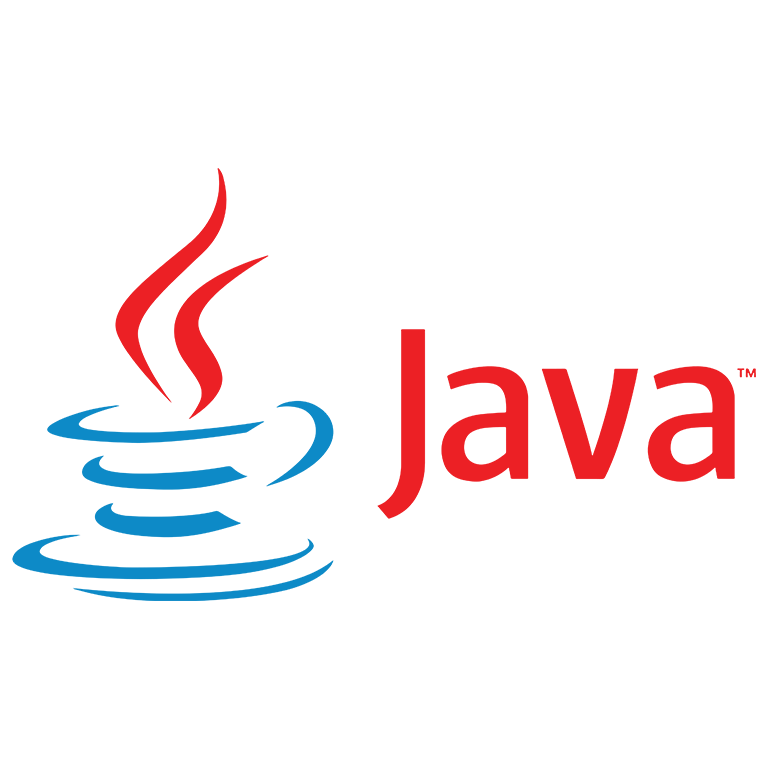Mastering Java: Advanced Programming Concepts for Developers
In the world of modern software development, mastering advanced programming concepts is essential for building robust, scalable, and maintainable applications. Java, with its rich ecosystem and versatility, remains a go-to language for developers across various domains. However, as the development landscape evolves, it’s important to expand beyond the basics of Java and explore advanced concepts, frameworks, and tools.
In this article, we’ll dive into key areas where developers can enhance their expertise—whether they’re working with Java or branching into other languages and technologies. The goal is to provide you with practical knowledge that can elevate your development skills and help you solve complex programming challenges.
1. Advanced Java Concepts
Java has come a long way since its inception, and mastering the following advanced concepts will significantly improve your development process.
1.1 Concurrency and Multithreading
Java’s concurrency model allows developers to write programs that perform multiple tasks simultaneously, leveraging multi-core processors. Understanding threads, synchronization, and the java.util.concurrent package is crucial for building efficient, thread-safe applications.
In Java, you can use the Thread class or implement the Runnable interface to work with multithreading. For more advanced control, Java 5 introduced the ExecutorService framework, which simplifies thread management and improves performance.
Here’s an example of using an ExecutorService:
ExecutorService executor = Executors.newFixedThreadPool(10);
executor.submit(() -> {
System.out.println("Task executed by: " + Thread.currentThread().getName());
});
1.2 Streams and Functional Programming
The introduction of Streams in Java 8 revolutionized how developers process collections. The functional programming paradigm, with its focus on immutability and higher-order functions, allows you to write cleaner, more readable, and concise code. The Stream API provides operations like map(), filter(), and reduce() to transform and aggregate data efficiently.
Example of using Streams to filter and map a list of numbers:
List<Integer> numbers = Arrays.asList(1, 2, 3, 4, 5);
List<Integer> squaredNumbers = numbers.stream()
.filter(n -> n > 2)
.map(n -> n * n)
.collect(Collectors.toList());
2. Java vs Other Programming Languages: A Comparison
To provide a better understanding of Java’s place in modern development, let’s compare it with other popular programming languages—specifically Python and JavaScript.
| Feature | Java | Python | JavaScript |
|---|---|---|---|
| Performance | Compiled, high-performance JVM | Interpreted, slower than Java in many cases | Generally slower than Java |
| Concurrency | Strong concurrency support (Threads, Executor) | Limited concurrency (Global Interpreter Lock) | Event-driven (Async, Promises, Workers) |
| Syntax | Verbose but structured | Simple, readable syntax | Flexible, but sometimes inconsistent |
| Ecosystem | Robust (Spring, Hibernate, etc.) | Extensive for AI, data science, web development | Rich ecosystem for web development |
| Use Cases | Enterprise, web apps, Android apps | Data science, automation, web apps | Web apps, front-end, full-stack development |
This table highlights key differences and use cases, helping you choose the right language for your project needs. While Java shines in performance and enterprise-level applications, Python is often favored for data science and quick prototyping, and JavaScript remains the go-to language for web development.
3. Advanced Java Frameworks
Java is home to several powerful frameworks that can simplify application development and improve productivity. Here are two major frameworks worth exploring:
3.1 Spring Framework
The Spring Framework is one of the most widely used frameworks for building Java-based enterprise applications. It offers features such as dependency injection, aspect-oriented programming, and simplified database access. With modules like Spring Boot, developers can easily set up microservices and cloud-based applications.
Spring’s strength lies in its flexibility, allowing developers to build everything from simple REST APIs to complex enterprise solutions.
3.2 Hibernate ORM
For developers working with databases, Hibernate simplifies data persistence and management. As an Object-Relational Mapping (ORM) tool, Hibernate bridges the gap between relational databases and Java objects, allowing you to manipulate data in an object-oriented manner.
Example of using Hibernate to save an object:
Session session = sessionFactory.openSession(); Transaction transaction = session.beginTransaction(); session.save(new MyEntity()); transaction.commit();
4. Exploring Beyond Java
While Java remains essential, modern development often requires familiarity with other languages and technologies. Here are a few areas worth exploring:
4.1 Cloud-Native Development
Cloud computing is rapidly transforming how software is developed, deployed, and scaled. Technologies like Docker, Kubernetes, and CI/CD pipelines are at the core of cloud-native development. These tools help automate deployment, improve scalability, and ensure high availability.
4.2 Microservices Architecture
Microservices allow developers to break down large monolithic applications into smaller, independently deployable services. Java-based frameworks like Spring Boot and Micronaut are commonly used to build microservices, while technologies like Kafka and RabbitMQ facilitate communication between services.
5. Conclusion
Mastering advanced programming concepts is essential for staying ahead in the competitive world of software development. Whether you’re deepening your understanding of Java or branching into cloud-native development, microservices, or other languages, continuous learning is key. The skills you develop today will empower you to tackle complex problems and create high-performance, scalable applications tomorrow.



